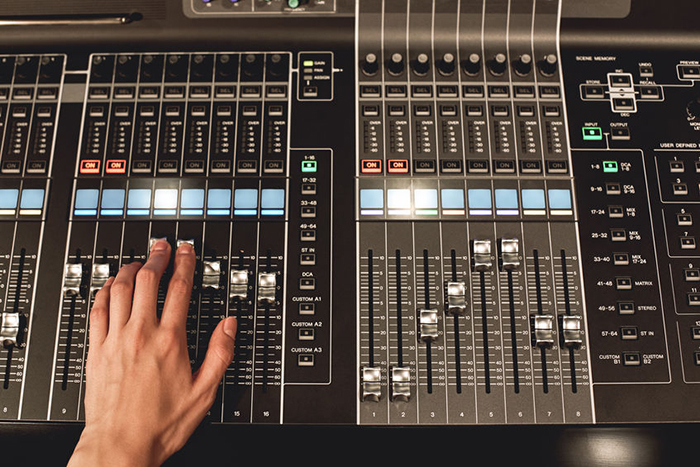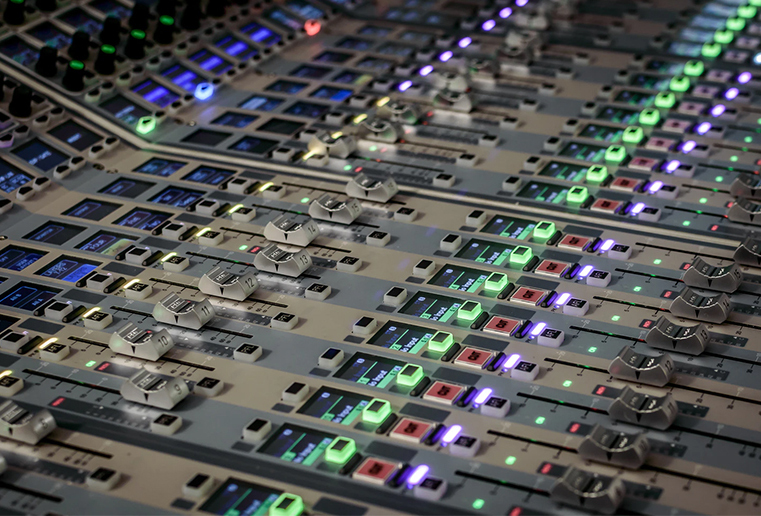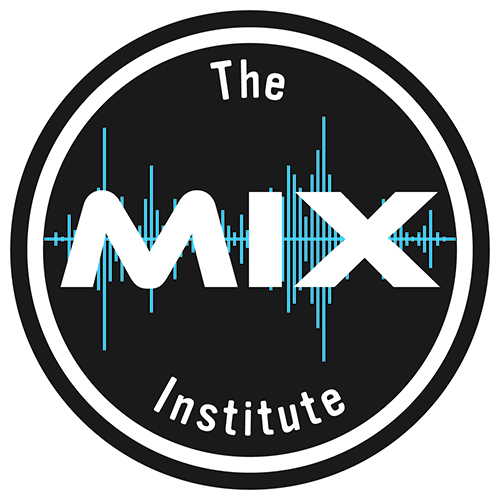
• Also with vocals, shoot for the effect to add character and vibe without sounding obvious. A good way to do this is to use an HPF and a LPF to keep both ends of the frequency range from “sticking out” too much. With the top and bottom removed from the delay and reverb, it sounds more “tucked” into the mix. Again, use shorter reverb times and maybe only one “bounce” on the delay so the effect is adding pleasing depth to the vocal but not hanging on too long.
• Send the vocal delay FX to the reverb aux send for added intensity. I assign the delay (post fader) to the aux send for the reverb in addition to having the vocal assigned to the reverb directly. This results in a pleasant “wet” bounce from the delay.
• Use different EQ and reverb settings for lead and background vocals. I often use a touch less reverb and a slightly brighter EQ setting for lead, and extra reverb and chorus (and a rolled off high end) on backgrounds, along with some panning to separate them from the middle of the mix. This will tuck the background vocals where they should be – back in the mix a bit – and leave the lead vocal with more room to sit on top of the mix.
• If it’s possible on your console, set one of the “user-defined” buttons as a Tap Tempo that’s tied to the BPM (beats per minute) of the delay effect. Experiment with fast taps (quarter notes) or longer taps (half notes) to get a feel for which speed suits the song best.
• A little bit of harmonizer or chorus on acoustic guitars is also a nice addition, especially if it’s a very acoustically “dry” room.

And that’s it. I hope these techniques and processes help take your mix to the next level. Every style of music requires a slightly different approach, so hopefully these tips and techniques can help in creating a pop, rock or worship music masterpiece. The band will appreciate it and you’ll likely get a few more smiles and “thank you’s” from the congregation.
Click here to continue on to the sidebar.

